For generations, America’s middle class was told that if you worked hard, you could own a home, raise a family, and build a life in almost any city you loved. But in today’s economy, that promise is cracking—fast. Rising housing costs, stagnant wages, and skyrocketing everyday expenses are pushing middle-class families out of places they once thrived.
These aren’t just luxury hotspots or coastal enclaves—many are cities that used to define the American dream. Now, they’re slipping out of reach for the very people who built them. Here are the U.S. cities where the middle class can no longer afford to live—and the factors driving them away.
1. San Francisco, California
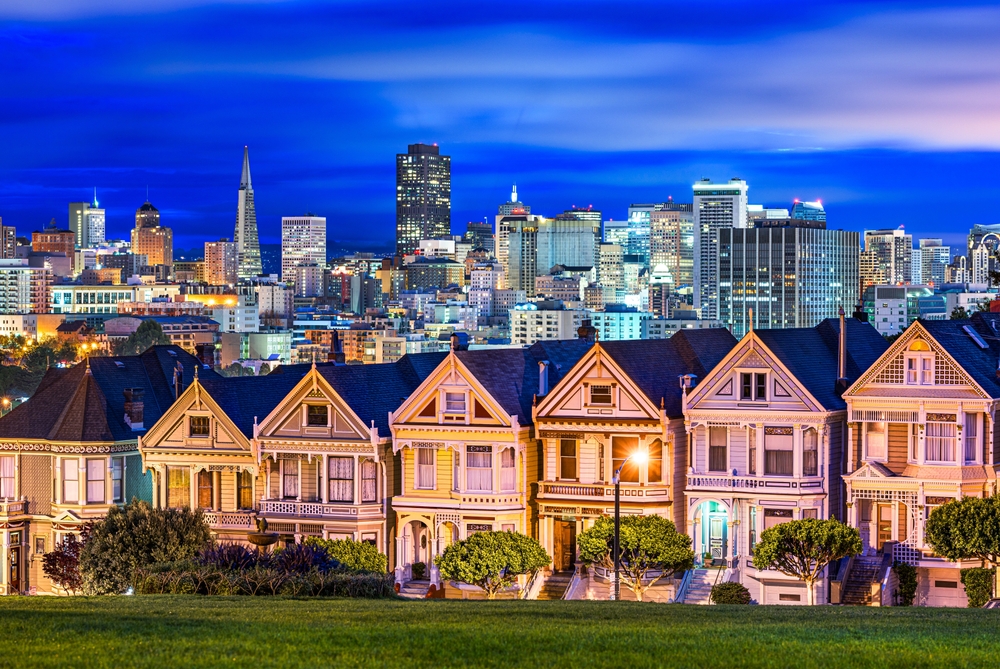
Once the heart of counterculture, now the capital of financial anxiety—San Francisco has become a middle-class no-go zone. The median home price? Over $1.3 million, according to Redfin. And that doesn’t include the city’s sky-high rent, with a two-bedroom averaging $4,000/month.
Even tech workers making six figures are sharing apartments. Families? They’re heading for the East Bay or out of the state entirely. In San Francisco, it’s not that you’re bad with money—it’s that the math doesn’t work anymore.
2. New York City, New York
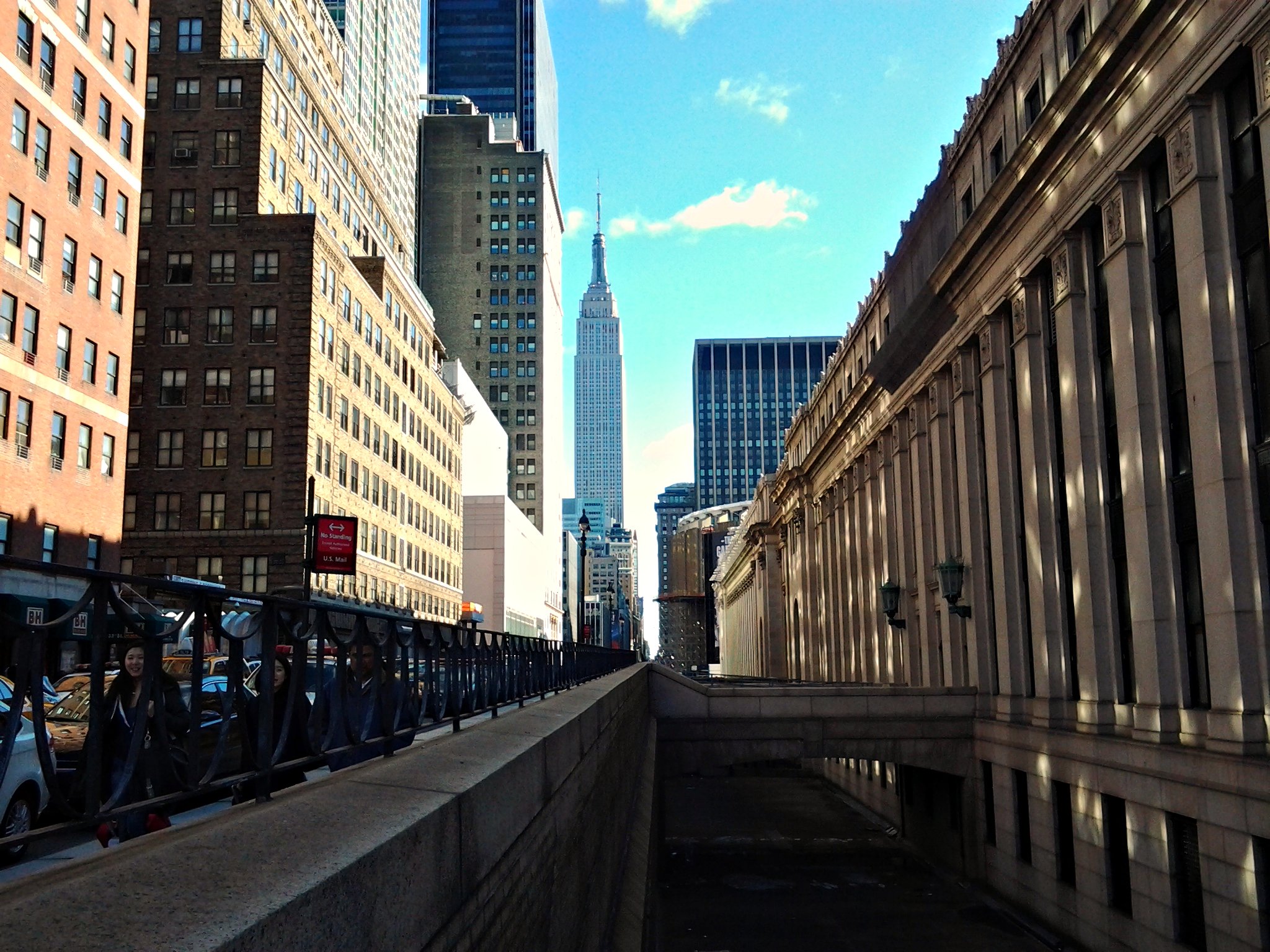
Living in NYC has always come at a premium, but lately, even the outer boroughs are financially brutal for middle-income families. Median rent in Manhattan just hit $4,200, and even Queens and Brooklyn are creeping up past $3,000, according to Zillow. Homeownership? A fantasy for anyone not already in the market.
Add in childcare, transportation, and grocery costs, and you’re looking at a life that eats every paycheck before it lands. The culture is rich. The reality? Exhausting.
3. Los Angeles, California

The sunshine tax is real—and it’s breaking families in LA. As reported by Redfin, median home prices hover around $925,000, and rent for a modest two-bedroom averages over $3,200. But wages haven’t kept up, especially for teachers, healthcare workers, and city employees.
You can live near the beach or you can have a savings account—but not both. LA glam on a middle-class budget? It’s giving financial whiplash.
4. Seattle, Washington
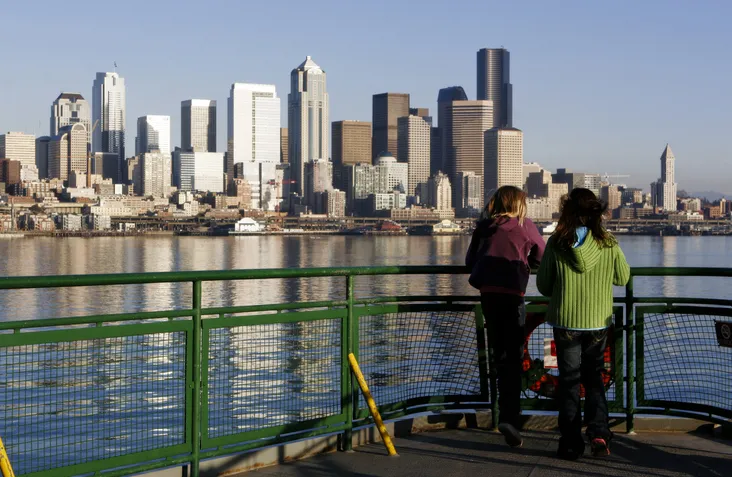
Seattle’s tech boom brought innovation—and a housing crisis. Median home values have skyrocketed to $850,000+, and rent is now pushing past $2,800. For middle-class workers outside the tech bubble, it’s a constant game of catch-up.
Groceries, gas, and utilities are well above the national average, and public schools are under pressure from overcrowding. Beautiful? Yes. Livable on $80K a year with a family? Not even close.
5. Boston, Massachusetts
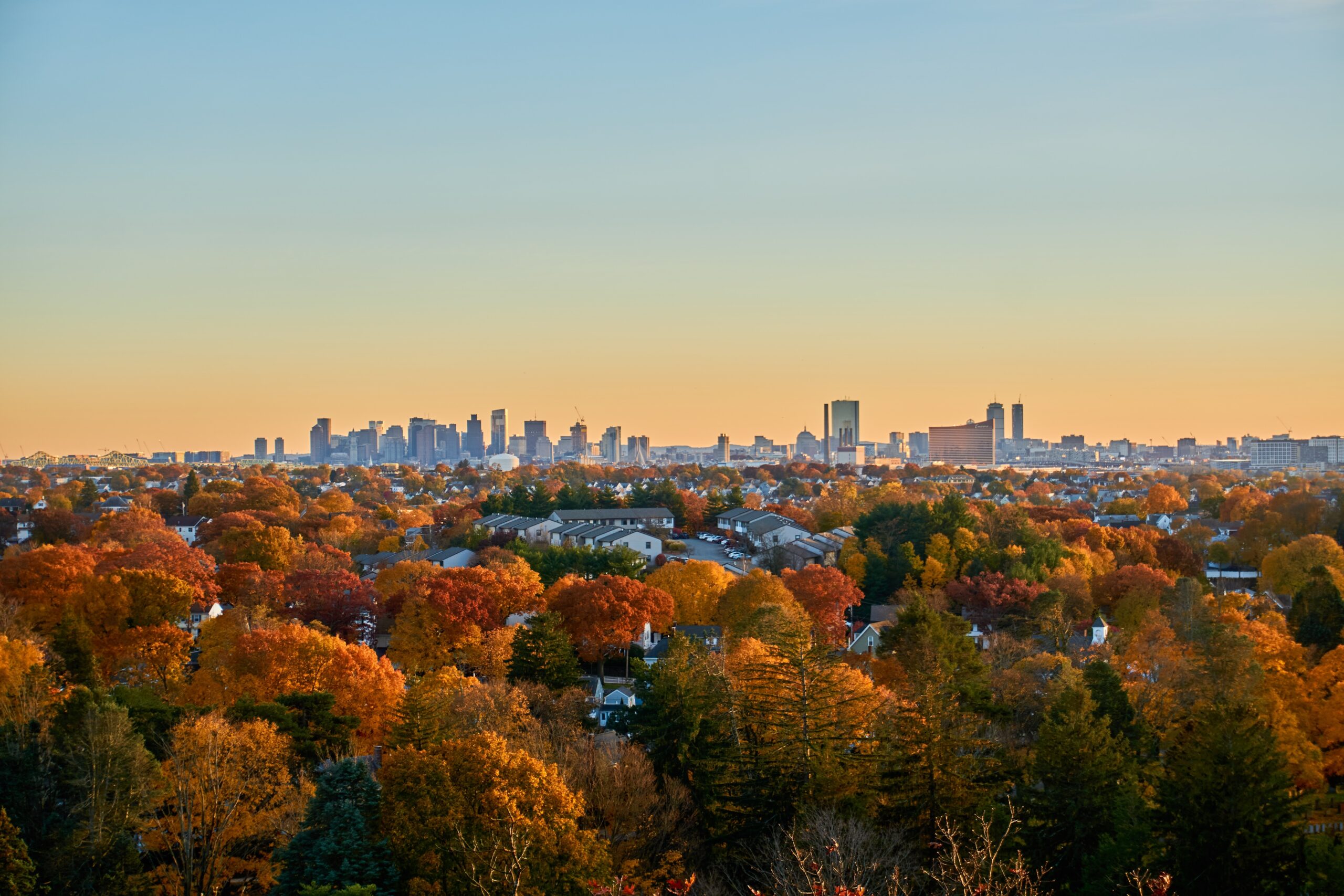
With elite universities and world-class hospitals, Boston draws talent—and drains wallets. The median rent has surpassed $3,000, and home prices are approaching the million-dollar mark. According to Boston.gov, even a “moderate income” household qualifies for housing assistance now.
Childcare costs are among the highest in the country, and parking? Forget about it. Boston isn’t just expensive—it’s become economically exclusionary.
6. Austin, Texas

Once the affordable cool kid of Texas, Austin has now officially priced out its middle class. Home prices have jumped over 50% since 2020, with the median now sitting above $600,000. Rent has soared to over $2,500 for a basic two-bedroom, making it one of the priciest in the South.
For many families, the dream of buying in Austin is dead. They’re commuting from hours away—or giving up and heading to San Antonio. Keep Austin weird? Sure. But also maybe… affordable again?
7. Denver, Colorado
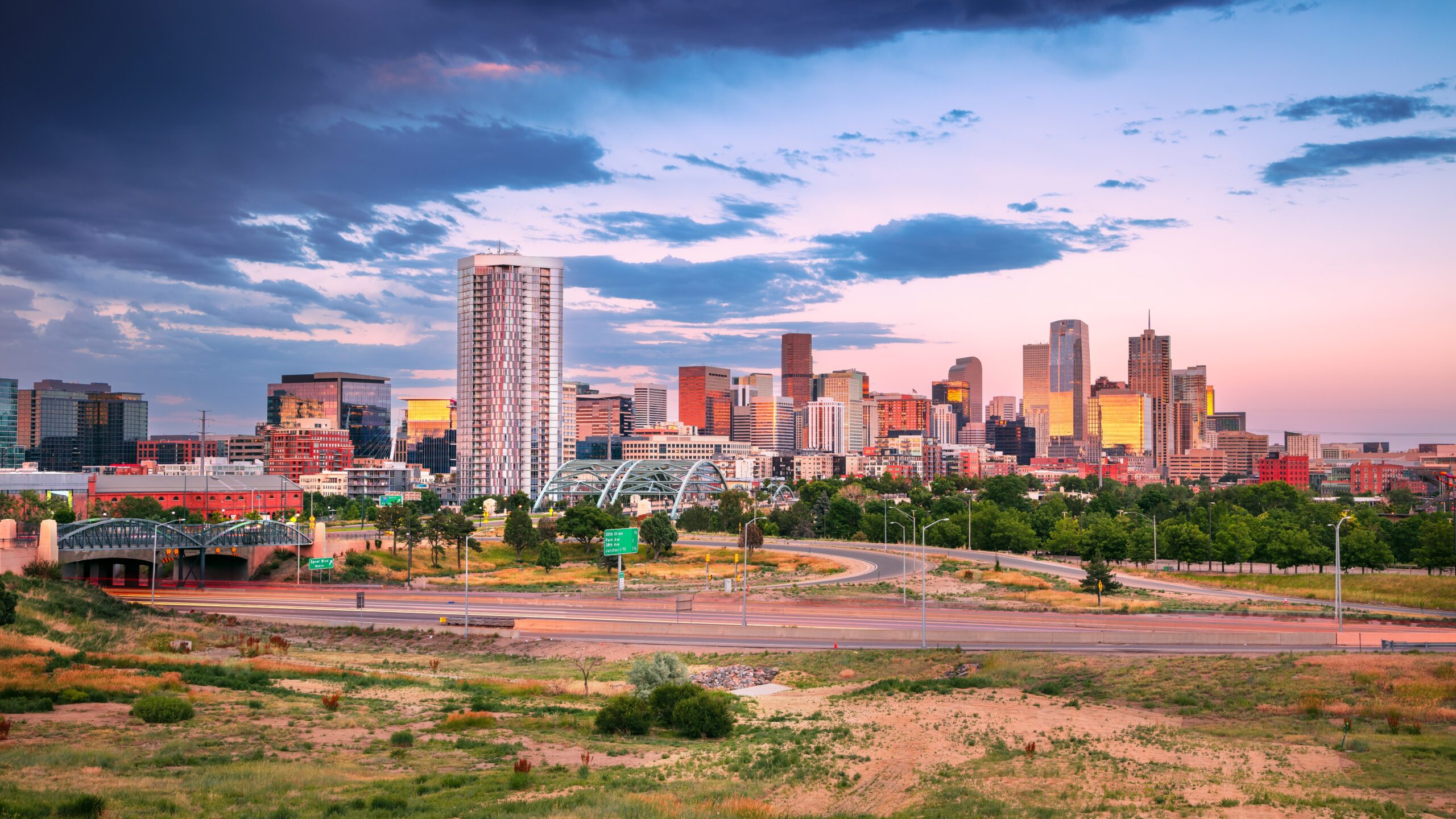
Denver used to be a haven for nature-loving families with solid incomes. Now? The median home costs $630,000, and rent is closing in on $2,800. According to Denverite, the city’s middle class has shrunk dramatically in the past decade.
Between rapid gentrification, disappearing starter homes, and rising taxes, the cost of living no longer matches local wages. The mountains are still free. Everything else? Not so much.
8. San Diego, California

San Diego is paradise—with a price tag to match. The median home now costs $960,000, and renting a two-bedroom will run you around $3,400. That’s before you add in groceries, gas, and health care—all significantly above the national average.
The weather is perfect. The housing market? Unforgiving. If you’re not in tech or dual-income professional class, it’s nearly impossible to stay afloat here.
9. Miami, Florida
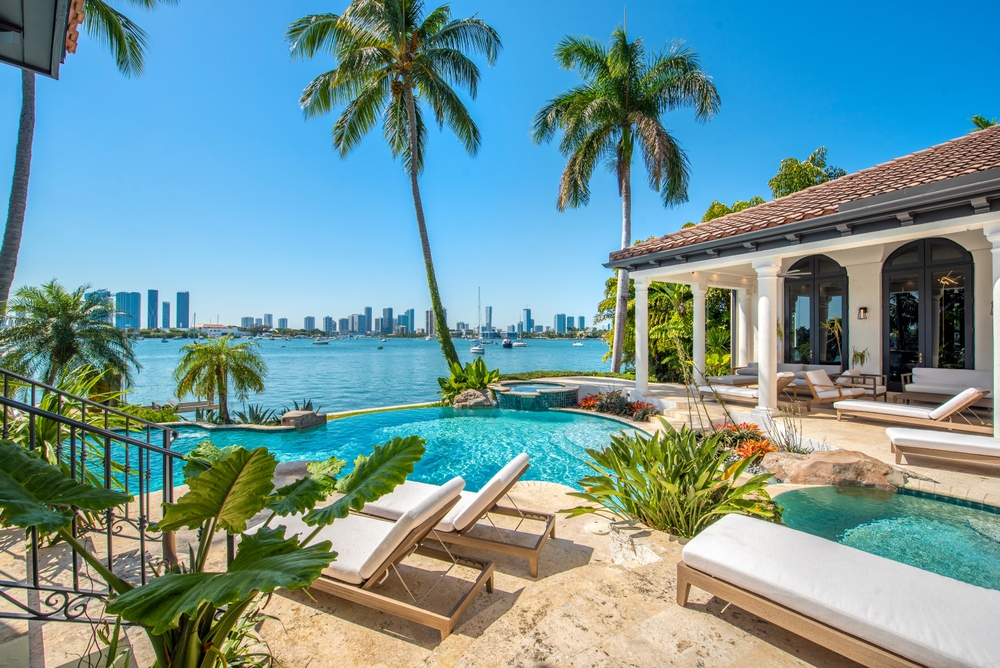
Miami used to be one of the last affordable coastal cities—until it wasn’t. Post-pandemic, it became a magnet for remote tech workers, crypto startups, and wealthy investors, driving rent and home prices into the stratosphere. As of 2024, Miami ranks as one of the least affordable housing markets in the U.S., with median home prices over $600,000 and rents topping $3,000.
Meanwhile, wages in education, healthcare, and hospitality—the backbone of Miami’s economy—have stayed frustratingly stagnant. Locals are being priced out of neighborhoods they’ve lived in for generations, forced further inland or out of state altogether. Between hurricane insurance hikes, rising taxes, and everyday cost of living, Miami has gone from sun-soaked dream to financial nightmare for the middle class.
10. Honolulu, Hawaii

Living in paradise has never been cheap, but for middle-class families in Honolulu, it’s now almost impossible. The median home price is over $1 million, and rent regularly surpasses $3,000 for modest apartments. On top of that, the cost of imported goods, gas, and groceries—everything from milk to toilet paper—can be nearly double the mainland average.
Many locals work multiple jobs just to stay afloat, and teachers, healthcare workers, and public employees are among the hardest hit. The housing shortage, driven in part by vacation rentals and foreign investment, has left entire neighborhoods hollowed out. People aren’t just leaving the island—they’re leaving their families, culture, and entire communities behind in search of basic affordability.
11. Portland, Oregon
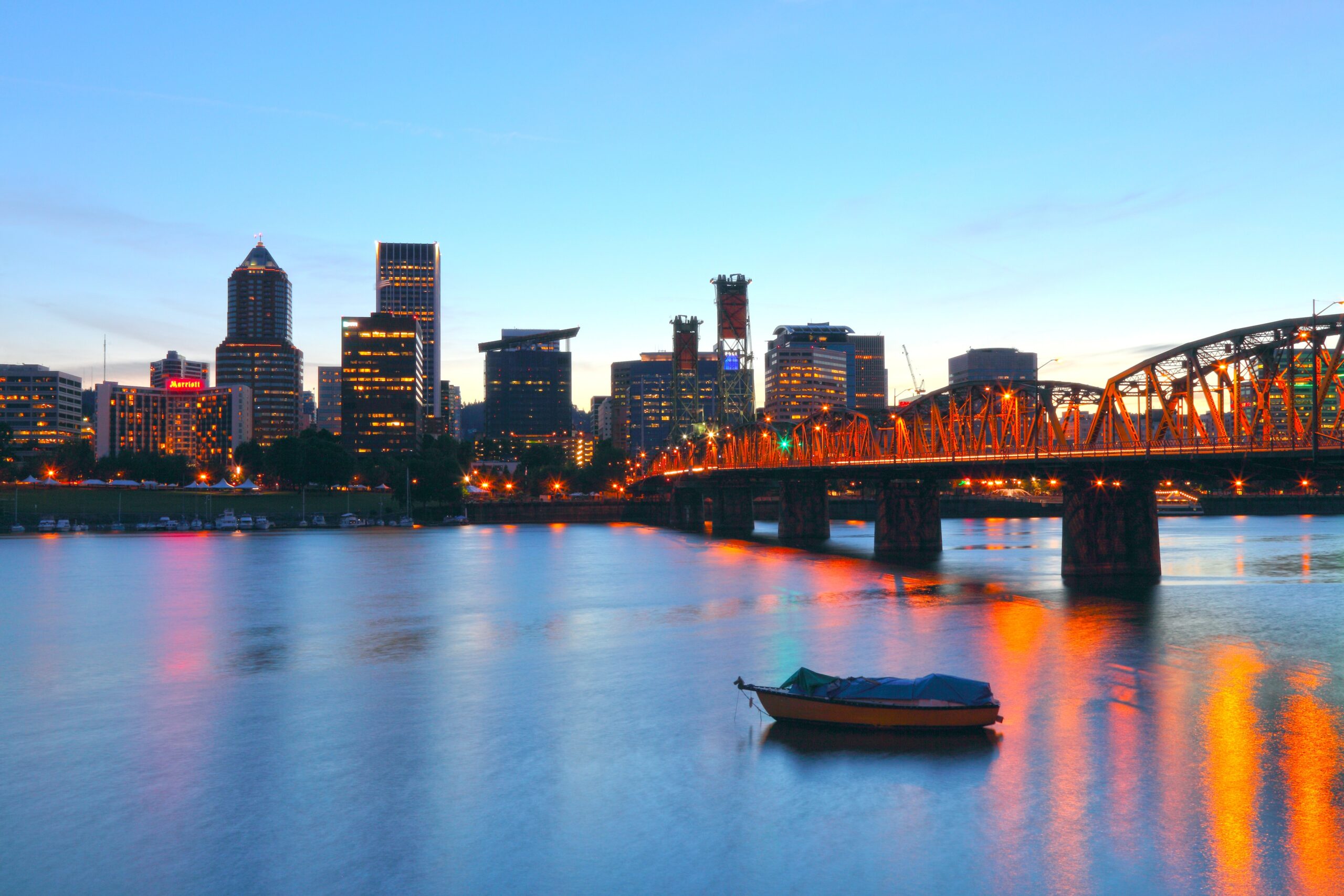
Portland’s progressive charm and Pacific Northwest lifestyle once made it a haven for middle-income families. But as the city’s popularity surged, so did housing prices, with median home costs now topping $550,000 and rents climbing near $2,800 a month. Combine that with rising property taxes and inflation, and Portland no longer feels financially friendly to its working residents.
The service and nonprofit sectors, once a huge part of the city’s identity, can no longer keep up with the cost of living. Families who used to thrive here now find themselves squeezed out of walkable neighborhoods and priced into the exurbs. The cultural cool is still there—but it comes at a price many can’t pay.
12. Washington, D.C.

The nation’s capital has long had a cost-of-living problem, but it’s now reaching breaking point for middle-class families. Median rent is over $3,200, and home prices easily surpass $700,000, especially in family-friendly neighborhoods. Meanwhile, childcare and private school tuition rival that of New York or San Francisco.
Even federal workers—once the stable backbone of the region—are getting priced out. Many now commute from hours away just to own a home with a yard. D.C. may be where the laws are made, but for many families, the city’s economy just doesn’t work anymore.
13. Nashville, Tennessee

Nashville’s explosive growth has turned it from a charming music city into a full-blown real estate battleground. The median home price has shot past $470,000, while rents are climbing fast and now rival those in larger metros like Atlanta and Charlotte. What was once a budget-friendly southern city has become a playground for out-of-state investors and short-term rental owners.
The influx of wealth has priced out many locals—particularly teachers, first responders, and small business owners—who simply can’t compete in the new housing market. The culture is still rich, but the affordability has dried up. For many middle-class families, the music has stopped.
This article is for informational purposes only and should not be construed as financial advice. Consult a financial professional before making investment or other financial decisions. The author and publisher make no warranties of any kind.








